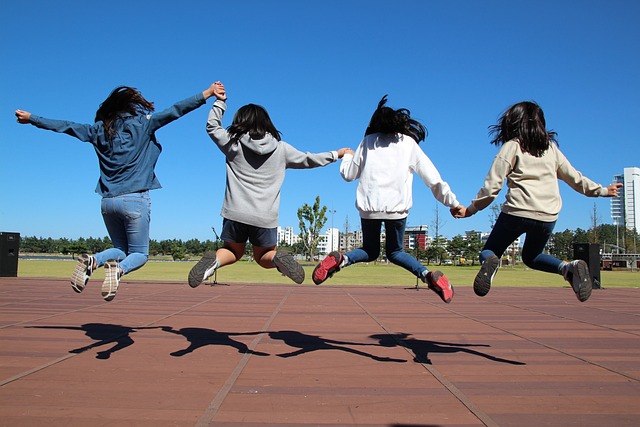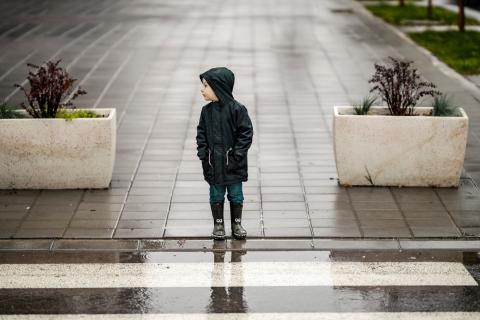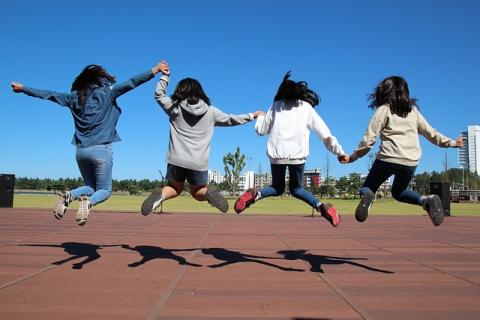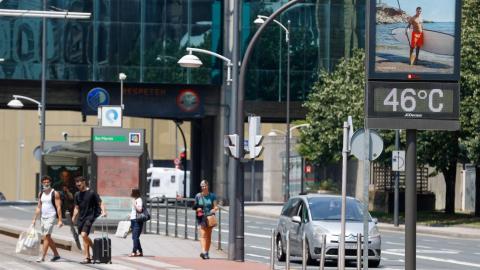Reaction: Adolescents and children from low socioeconomic neighborhoods walk less and engage in less physical activity
A study published in the journal PLOS ONE, which includes data from over 3,000 Spanish adolescents and children, has shown that those living in more walkable areas report spending more minutes per day engaging in active transportation compared to those from less walkable neighborhoods. Along those lines, the lowest average minutes spent playing outdoors are observed among participants from neighborhoods with lower socioeconomic status and less walkability. The research is part of the PASOS study, coordinated by the Gasol Foundation.

Javier Sayavera - PASOS
Javier Sayavera
Physical Education and Sports teacher.
This is a high-quality study that addresses the influence of built environment characteristics on physical activity-related actions such as walking, outdoor play, or sports participation. It provides conclusions based on a sample of over 3,000 adolescents from across Spain, thus contributing to filling gaps in current evidence. Until now, Spain had paid little attention to the influence of socioeconomic status from the perspective of residential areas (and its implications for the built environment) on physical activity, which in turn impacts people's health.
The findings of this study will enable decision-makers to consider the provision and maintenance of infrastructure in different neighborhoods, cities, or towns to prevent negative impacts on population physical activity levels. Nonetheless, there is a need to continue bridging the gap between scientific knowledge and policy decisions so that studies like this can have a more tangible impact on people's lives.
"I declare that I am the coordinator of the Spanish Network for Active and Healthy Childhood, to which the main author of this project belongs."
Susana Aznar et al.
- Research article
- Peer reviewed
- Randomized
- People



